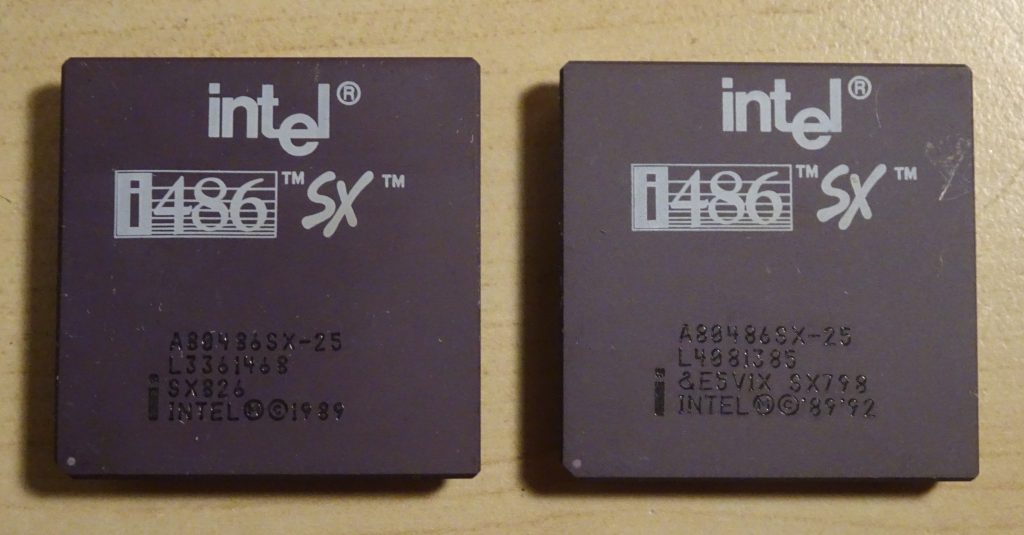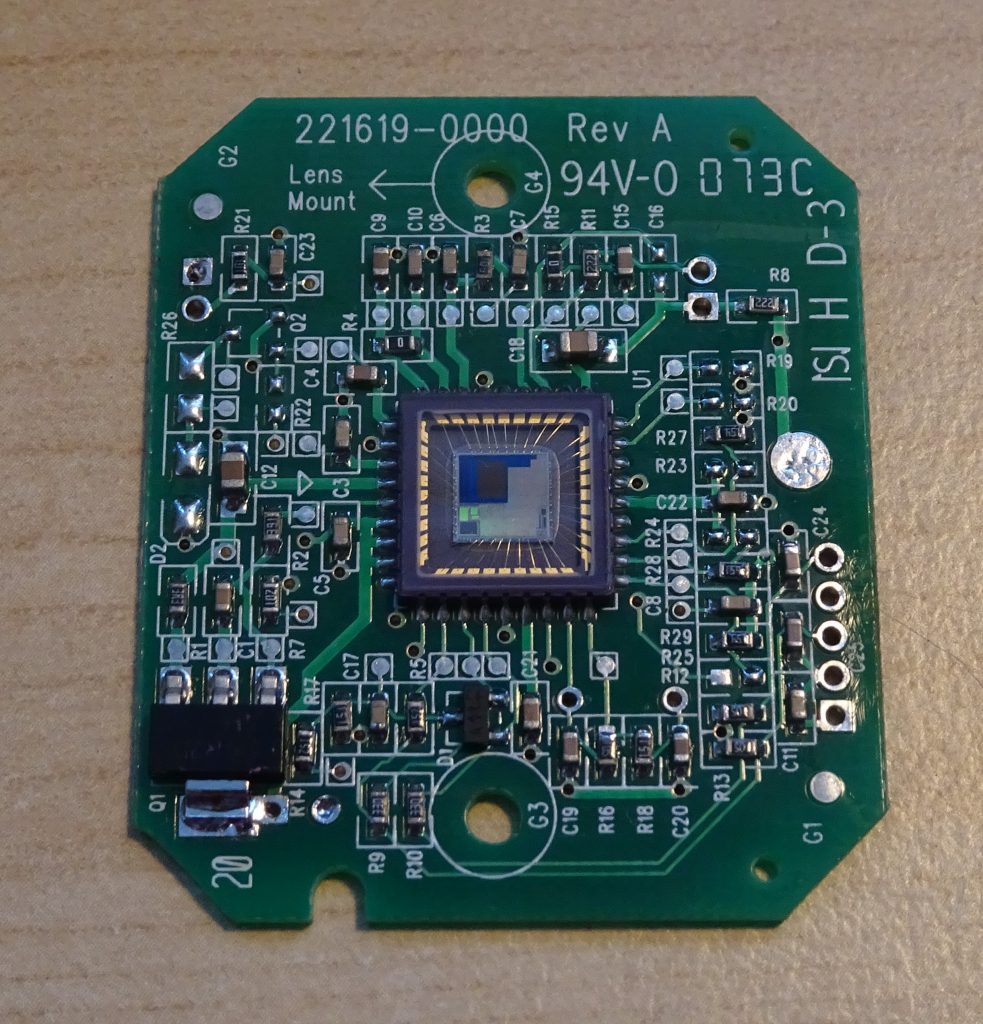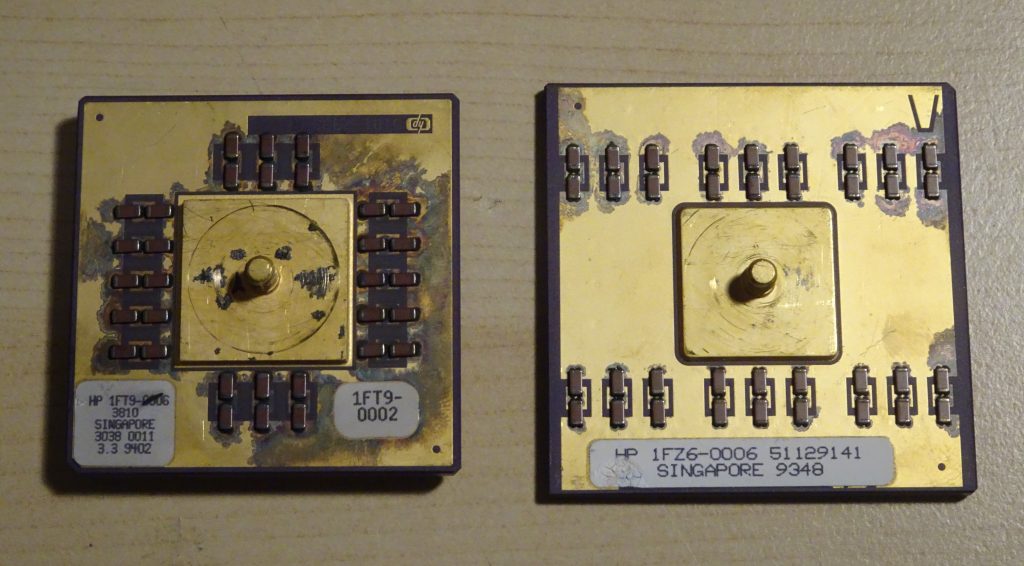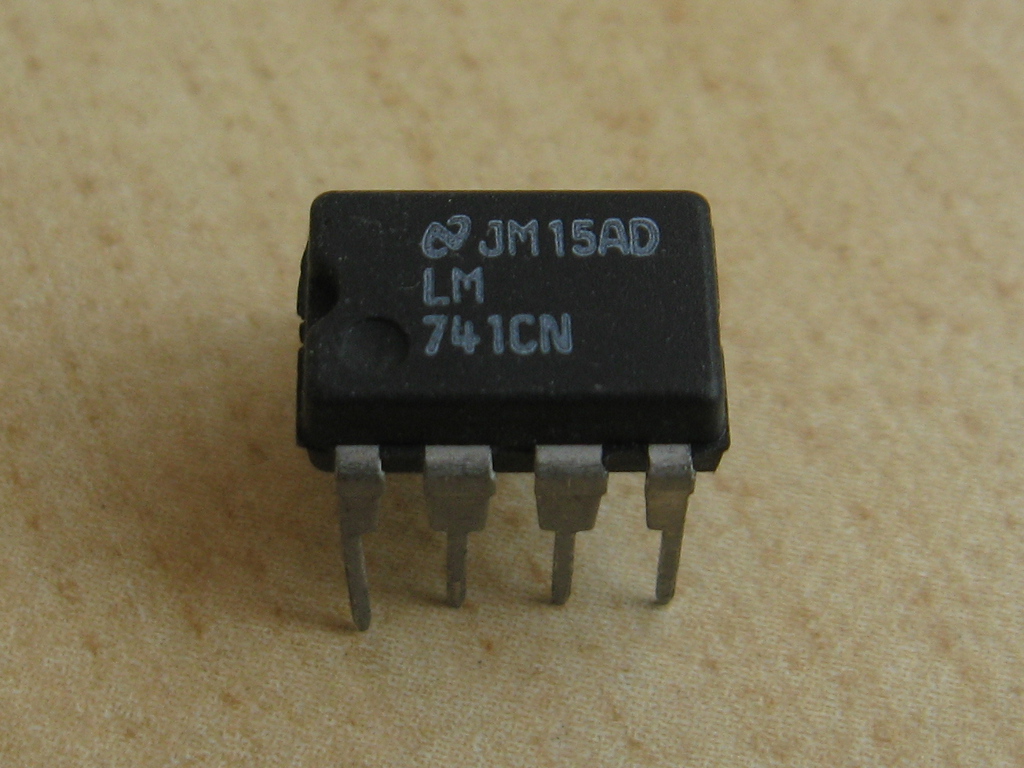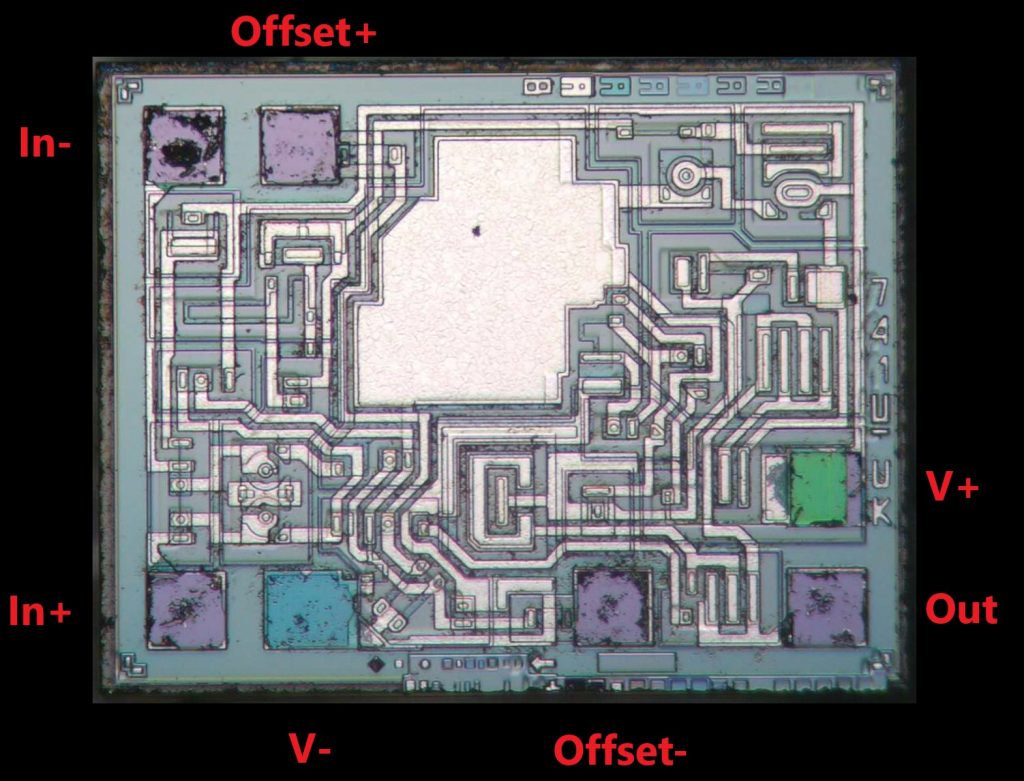The DS2401 is a chip that Maxim sells as a “Silicon Serial Number”. That’s pretty much what it is: a chip that contains a serial number which you can read out using a digital interface. This is useful if you’re producing a large number of identical devices but you want to give each one a unique number so you can track each individual device. This chip contains 64 bits of information, consisting of one eight-bit number indicating the chip family (for the DS2401 it’s 01), a 48-bit serial number, and an eight-bit checksum to verify the number is correct. Maxim guarantees that no two DS2401s will have the same serial number, so in theory they can produce 248 = 281,474,976,710,656 of these chips before they run out of numbers.
The DS2401 has a One-Wire interface, which is a clever serial interface designed by Dallas Semiconductor. It has one ground and one active wire, which doubles as data and power supply. The chip gets its power from this wire, and contains an on-board capacitor to store charge so it can keep working even if the data line is “low” for a certain amount of time.
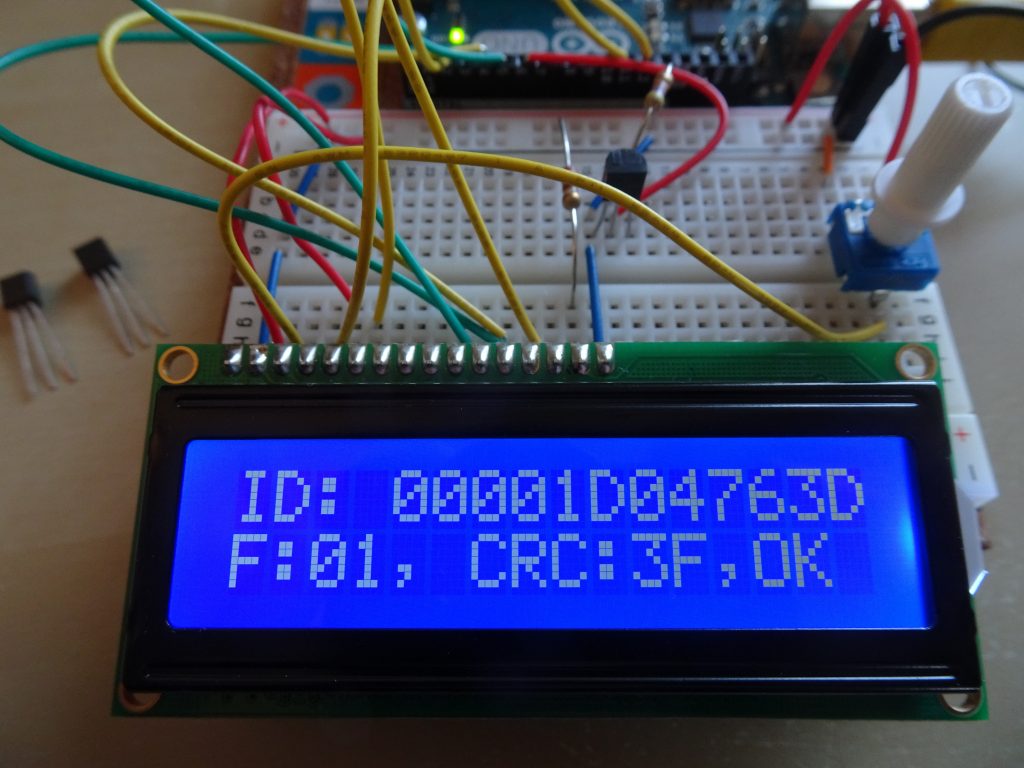
The One-Wire interface is quite easy to use, and it takes just a few lines of Arduino code to read out the serial number from the DS2401. I bought three of these chips, which turned out to have serial numbers 00001D04714B, 00001D04763D and 00001D0498E7. As you can see they’re not exactly consecutive, but since they came as loose chips in a bag there’s no way of keeping them in the right order anyway.
Continue reading
